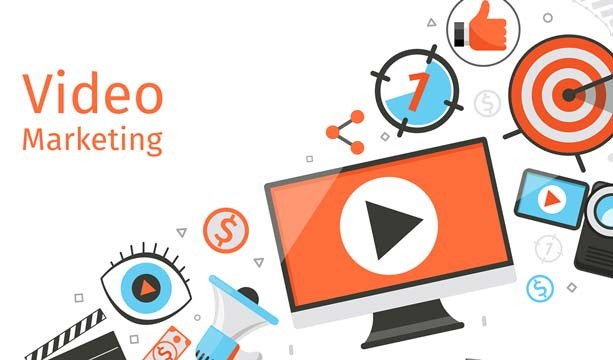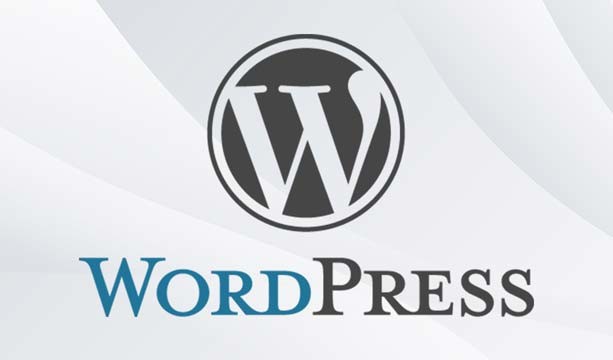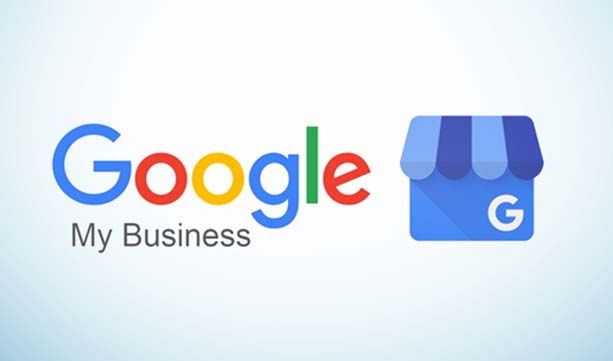The name of the game in almost any business today is speed. That’s especially true when it comes to your website. Continued improvement in technology, bandwidth and the migration to mobile have reset expectations for web page performance. People want their information in real time and don’t care to spend their time waiting for page content to load. Because it can negatively affect a user’s on-page experience, page speed should always be a priority when developing your website. If that isn’t enough to motivate you, Google uses page speed performance increasingly in its search algorithm to prioritize fast pages in search results. Let’s take a closer look at page speed and how it can affect your web presence.
What is Page Speed?
Page speed, in the simplest terms, is the amount of time it takes for a web page to load all of its content for a user. The longer it takes for the user to start viewing your page’s content, the lower your page speed will be rated, which will then have adverse effects on your page ranking. You can measure your website’s page speeds on Google’s speed radar platform known as PageSpeed Insights.
Page Speed vs. Site Speed
People often get page speed confused with another web performance metric known as site speed. Page speed measures the speed of an individual page on your website while site speed is the average speed of all of the pages on a website combined.
How is Page Speed Measured?
There are a variety of metrics that go into a page speed score. PageSpeed Insights utilizes the following KPI’s when measuring and scoring a website’s page speed:
- First Contentful Paint (FCP) – FCP measures how long it takes to upload any portion of a page’s content onto the screen. FCP is the amount of time it takes for the user to see the first piece of content on a specific page. For example, let’s say a user opens your website and a banner with your company’s logo is the first portion of your website to be uploaded onto the screen. The logo takes 1.2 seconds to upload. That page’s FCP would be 1.2 seconds. Good FCP scores range from 0 – 1.8 seconds, FCP scores that need improvement range from 1.8 seconds – 3 seconds, and a Poor FCP score is 3 seconds or greater.
- Largest Contentful Paint (LCP) – In contrast, LCP measures the amount of time it takes to upload the largest piece of content on a page. This is typically either an image or a large block of text. For example, if the largest content piece on an informational page on your company’s website is an image of one of your products and that image takes 3.5 seconds to load, that page’s LCP would be 3.5 seconds. Good LCP scores range from 0 – 2.5 seconds, LCP scores that need improvement range from 2.5 seconds – 4 seconds, and a Poor FCP score is 4 seconds or greater.
- First Input Delay (FID) – FID measures the amount of time it takes between a user interacting with (clicking on) an element on a specific page and the page’s responsiveness to that interaction. For example, if a user clicks a button on a page and the page takes 146 milliseconds (ms) to respond to that click, that page’s FID score would be 146 ms. Good FID scores range from 0 – 100 ms, FID scores that need improvement range from 2.5 seconds – 4 seconds, and a Poor FCP score is 4 seconds or greater.
- Cumulative Layout Shift (CLS) – A layout shift occurs when a user is trying to view or interact with a page and the layout of the page (such as an image or some text) suddenly moves out of nowhere, almost as if the page unexpectedly reloaded. Images or blocks of text might appear higher or lower on the page than they were before. This can cause the user to accidentally click on something that he or she did not intend to click, such as an ad. This can be annoying for the user and result in a poor CLS score. The CLS score quantifies how often this occurs on a page. Good CLS scores range from 0 – 0.1, CLS scores that need improvement range from 0.1 – 0.25, and a Poor FCP score is 0.25 or greater.
Google combines the FCP, LCP, FID, and CLS scores (and other minor metrics) to give an overall page speed score. Good overall scores range from 90-100, overall scores that need improvement range from 50-89, and a poor overall score is 49 or less.
Why Does Page Speed Matter?
Page speed plays a big factor in how users perceive your website. A slow page speed can lead to a poor user experience and the following effects can occur:
- Decrease in Pageviews – The longer it takes to load content on your web pages, the more impatient users get. If pages take more than 3 seconds to load, users are less likely to visit (and revisit) your page, leading to a decrease in the amount of pageviews.
- Increase in Bounce Rate – If a user notices that there is a heavy lag on one specific page of your website, they are highly unlikely to view another page. They will likely ‘bounce’ away from your website altogether, leading to an increased Bounce Rate on your website.
- Decrease in Conversions – When your pageviews decrease and your bounce rate increases, your conversions will surely decrease as a result. If a user doesn’t have the patience to wait for slow page loading times, they won’t be there long enough to engage in any action on the site such as filling out a contact form, signing up for the company newsletter, or buying a product.
- Negative Impact on SEO – Google itself has stated that page speed plays a role in overall ranking factors. Poor page speed means a poor user experience, and a poor user experience means that Google will prioritize other sites before yours.
Did we miss anything about page speed? Need more information on improving your page speed score? Let’s talk. Feel free to contact our team at MA1440.
MA1440 is a marketing consulting and digital agency located in Glenview, IL – serving small and mid-sized businesses locally and nationally.








